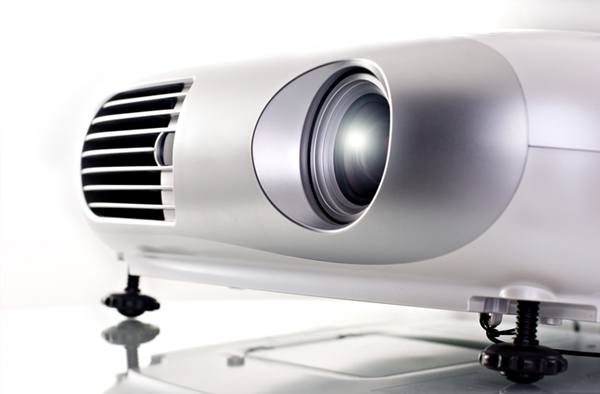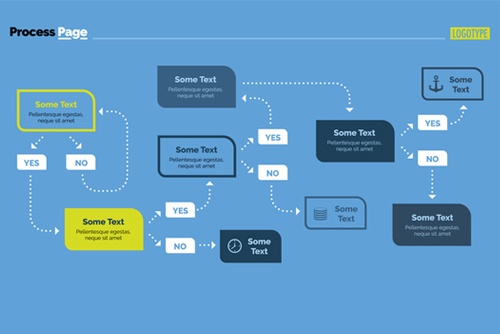Your shopping cart is currently empty.
Top 10 Tips For Good Powerpoint Presentations

Writing a good presentation can be difficult with bad slides running the risk of putting an audience to sleep. Presentations appear everywhere in the medical world. Whether you are presenting an audit or a case report at a local meeting, presenting a paper at a conference, presenting a business case to your Trust, or even presenting on a hot topic at your medical interview, you will need to know how to prepare slides which attract your audience rather than distract it. Here are a series of tips that you may find useful:
1 - Don't Think That Powerpoint Will Rescue A Poor Or Average Presentation
Many presenters use PowerPoint to compensate for the lack of clarity of the information that they are trying to convey. PowerPoint slides are there to complement your talk. Make sure that you define clearly the message that you are trying to convey to your audience before you even consider writing any slides.

2 - Keep It Simple

Presenters tend to overcomplicate PowerPoint presentations in two ways:
- Having slides that are too busy.
- Having slides that are too fancy.
The most interesting presentations have simple slides. Avoid presenting too many messages on one slide. Avoid complex graphs, fancy graphics and animations. If you use bullet points stick to the 4x4 or 5x5 rules. No more than 4 (or 5) bullet points with 4 (or 5) words in each.
3 - Keep The Number Of Slides Low
You want to make sure that people listen to you and do not spend all their time reading your slides. Too much information in one go will cause your audience to lose concentration. Bear in mind that some information can be used without being written down. See if you can replace series of numbers by graphs and, if possible, use pictures to emphasise a point.

4 - Don't Read Your Slides

Your slides are not your notes. They are not there to make sure that you remember what you wanted to say, but to ease your audience's understanding. If you simply read the slides, then you might as well give your audience printed copies and not turn up. If you simply paraphrase your slides, you will confuse everyone; not only will they have to read the slides but they will have to listen to you at the same time. Remember: they have come to listen to you, not to look at the back of your head.
5 - Time The Distribution Of Your Handouts Carefully
If you distribute the handouts at the start of the presentation, people will be too busy looking down and flicking through the pages instead of listening you. Some members of the audience may want the handouts early so that they can keep notes,but on balance your talk will be better listened to if people actually concentrate on what you say. Be mindful also that you can write in the handout information which would look too cluttered on a slide.

6 - Ensure Your Slides Can Easily Be Read

Dark text on light background looks best, though avoid white as it can show too much contrast. Avoid fancy fonts. Use simple fonts such as Arial or Times New Roman, with size of a minimum of 24pt, preferably 30pt.
7 - Keywords Only. No Sentences.
Whole sentences take time to read and will interfere with your own verbal sentences. Only write keywords on your slides.

8 - Use Charts Appropriately

- Pie charts are good to highlight percentages. Keep to 6 slices maximum in a pie chart and contrast the most important slice either through the use of colour or by exploding the slice.
- Vertical bar charts are good to demonstrate changes in quantity over time. Use a maximum of 8 bars.
- Horizontal bar charts are good to compare quantities.
- Line charts are good to demonstrate trends. Avoid using more than 2 lines.
9 - Spend Some Time In The Slide Sorter
The major flaw of most presentations is that they do not flow nicely. Often all the information is there but not in the right order. A good way to test the flow of your presentation is to rehearse the presentation without using the slides. If you get stuck in the middle it is likely that the logic is not right. Get your story straight and the slides will follow.

10 - Deliver To Your Audience

Remember that you are talking to people and not just to the walls. Maintain good eye contact, use your hands and remember that it is okay to move around the room/stage.
Do you want to learn how to make prepare powerful presentations
Register for one of our Teach the Teachers course
